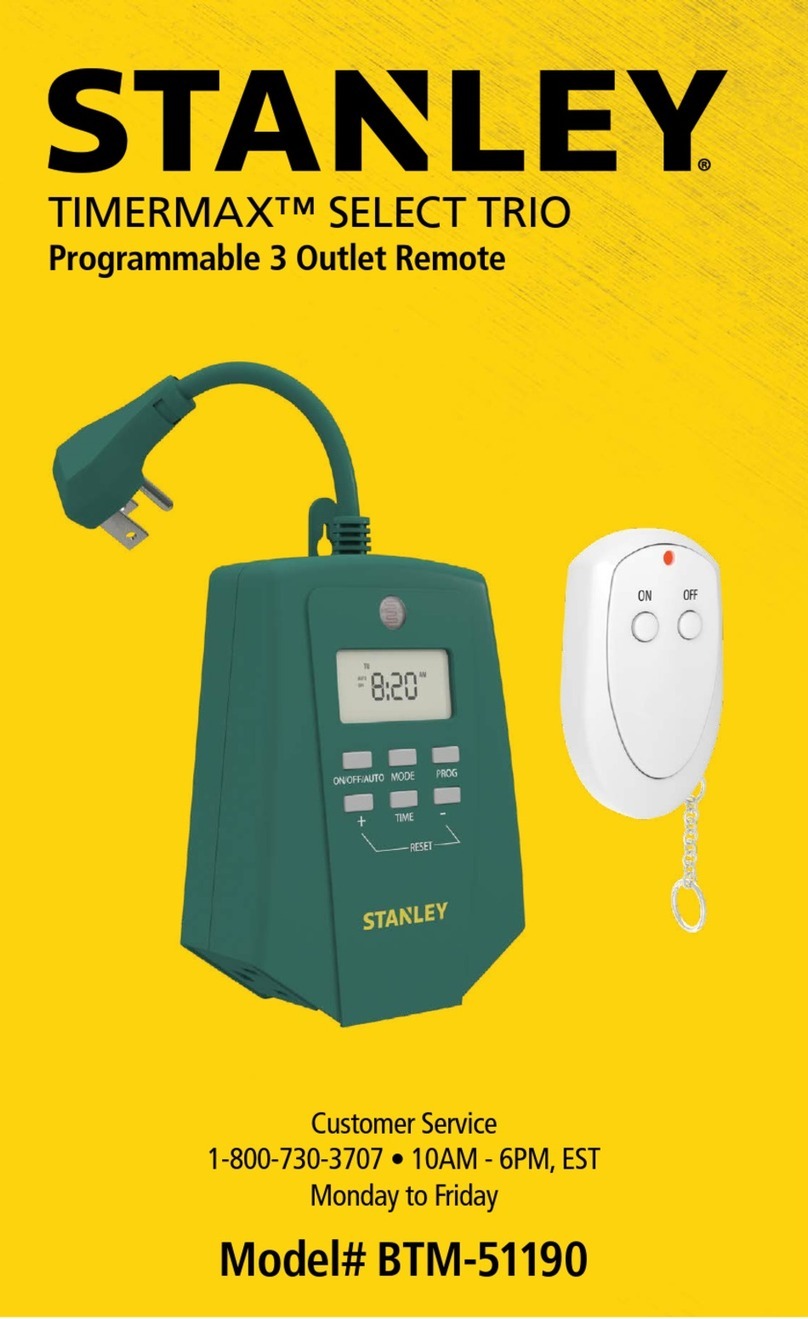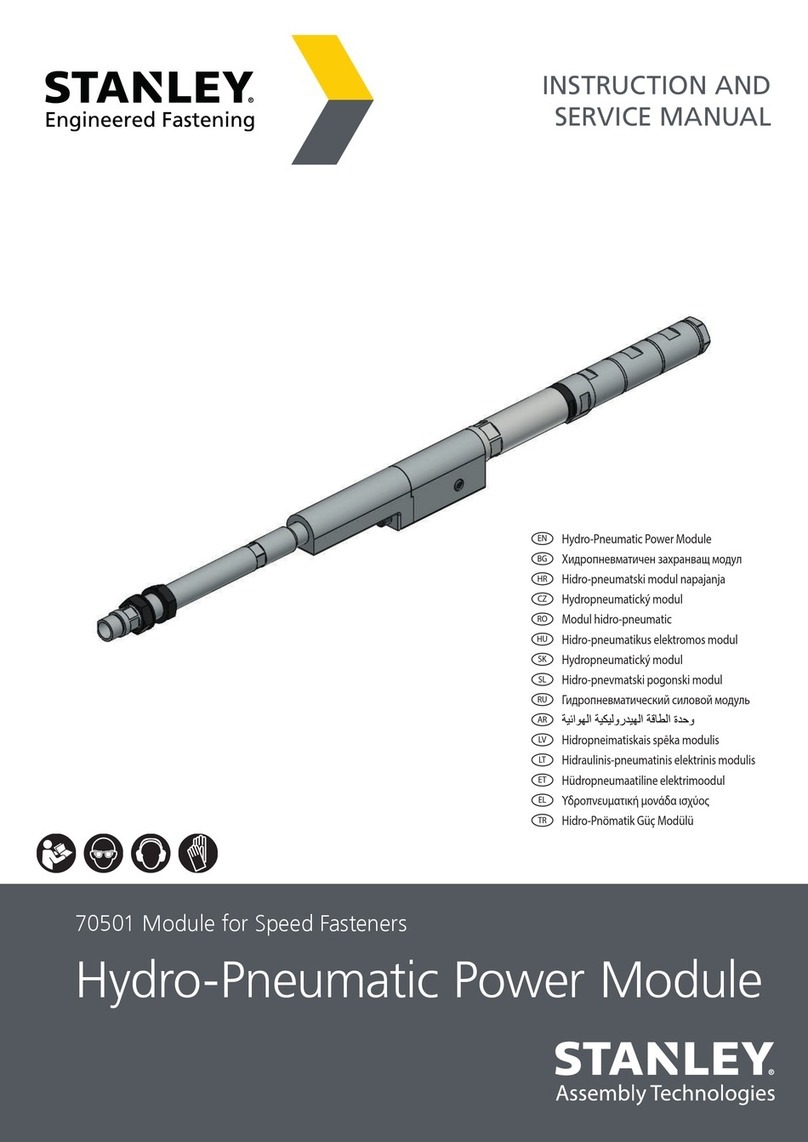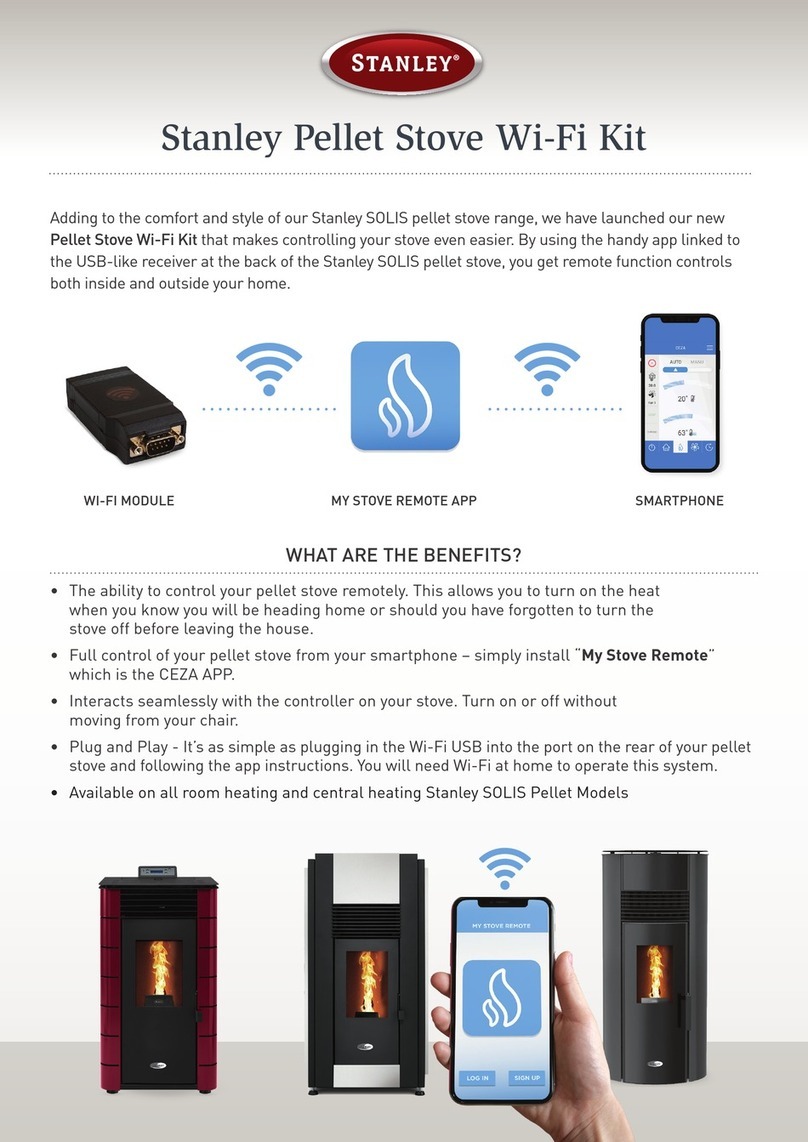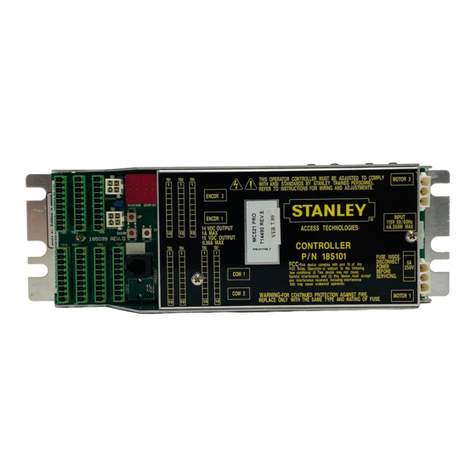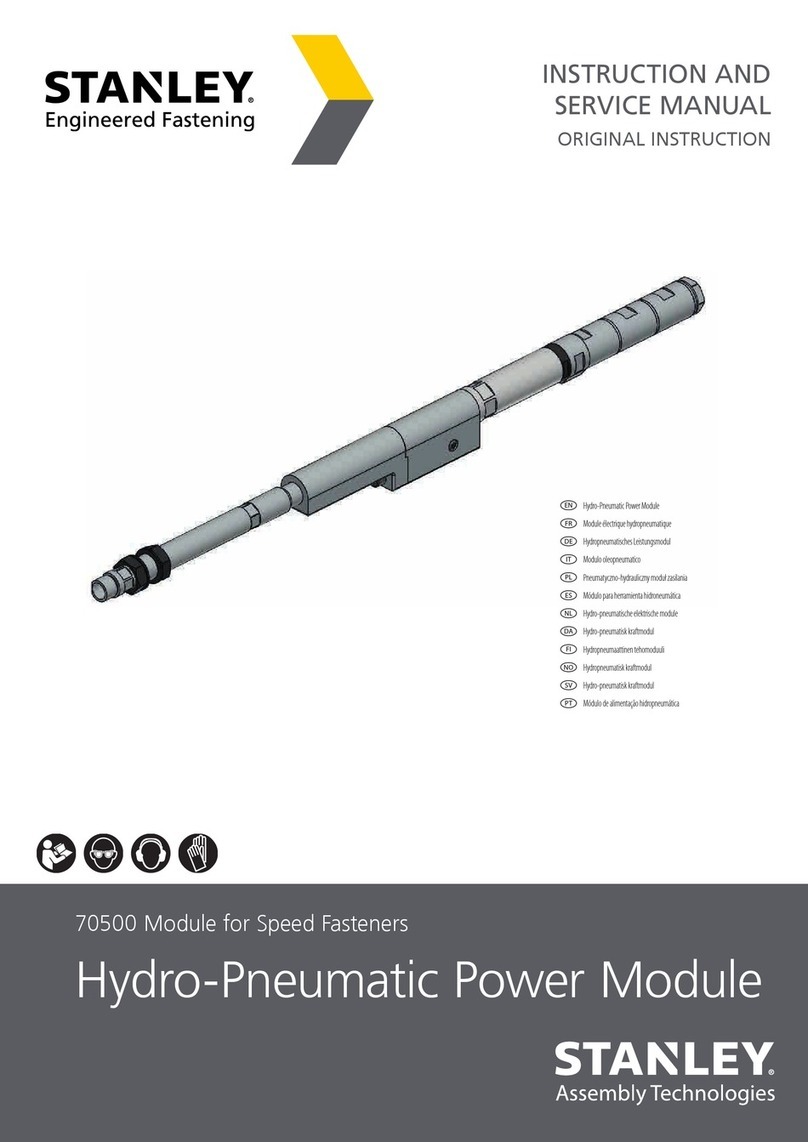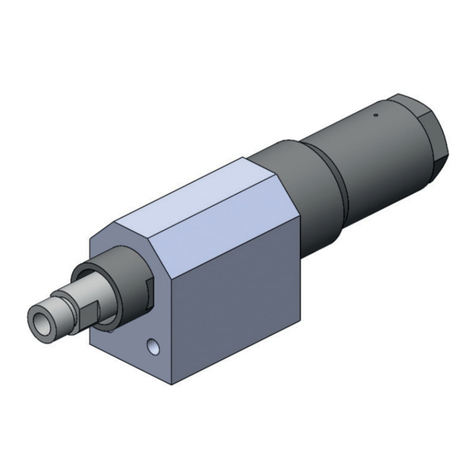
© 2005, THE STANLEY WORKS. ALL RIGHTS RESERVED.
204027
Rev. C, 11/9/05
1 of 31
Stanley Access Technologies
TABLE OF CONTENTS
1. PURPOSE......................................................................................................................................................2
1.1 Discussion....................................................................................................................................................2
1.2 Applicability................................................................................................................................................2
1.3 Features and Functions................................................................................................................................2
2. PRECAUTIONS............................................................................................................................................3
3. WIRING INSTRUCTIONS ..........................................................................................................................3
3.1 Evaluating Power Requirements..................................................................................................................3
3.2 Connecting Main Power Wiring..................................................................................................................3
3.3 Connecting Breakout Status Signal Wiring (Magic-Swing Operators).......................................................4
3.4 Connecting Breakout Status Signal Wiring (Magic-Force Operators)........................................................6
3.5 Wiring the Operator Switch Module (Magic-Force Operators) ..................................................................8
3.6 Wiring the Operator for Required Handing (Magic-Force Operators)........................................................9
3.7 Wiring the “ON/OFF/HOLD OPEN” Switch and Power Switch................................................................9
3.8 Wiring the Door Activation or Safety Device.............................................................................................9
3.9 Wiring Sentrex
3
.........................................................................................................................................10
3.10 Wiring Bodyguard...................................................................................................................................10
3.11 Wiring Superscan ....................................................................................................................................10
3.12 Wiring Holding Beam .............................................................................................................................10
3.13 Wiring the Cycle Counter........................................................................................................................11
4. TUNE-IN INSTRUCTIONS.......................................................................................................................12
4.1 Initial Tune-In Settings..............................................................................................................................12
4.2 Tuning In the MC521 Controller Using the Palm Pilot.............................................................................12
4.3 Tuning In the MC521 Controller Using the Controller Pushbuttons.........................................................16
4.4 Final Tune-In Adjustments........................................................................................................................20
5. SPARE PARTS LIST..................................................................................................................................21
ATTACHMENTS
Attachment 1, Breakout Status Wiring on Magic-Swing Operators...................................................................22
Attachment 2, Magic-Force Wiring Diagram—MC521.....................................................................................23
Attachment 3, Magic-Force Wiring Diagram—MC521 With Power Close Option...........................................24
Attachment 4, Magic-Swing Wiring Diagram—MC521....................................................................................25
Attachment 5, Terminal Block Connections—TB1 Through TB5.....................................................................26
Attachment 6, MC521 Controller Controls and Indicators.................................................................................27
Attachment 7, ANSI/BHMA and UL Compliance Requirements for Swinging and Folding Doors.................29
Attachment 8, Palm Troubleshooting Aid—Swing/Bifold.................................................................................31

